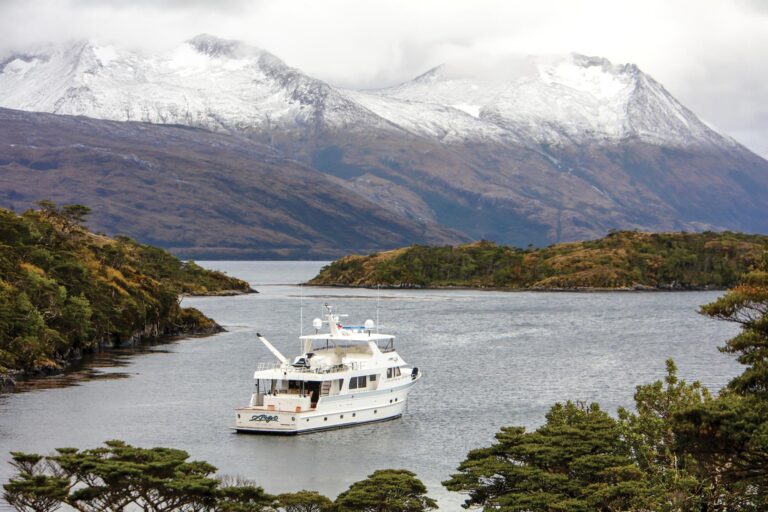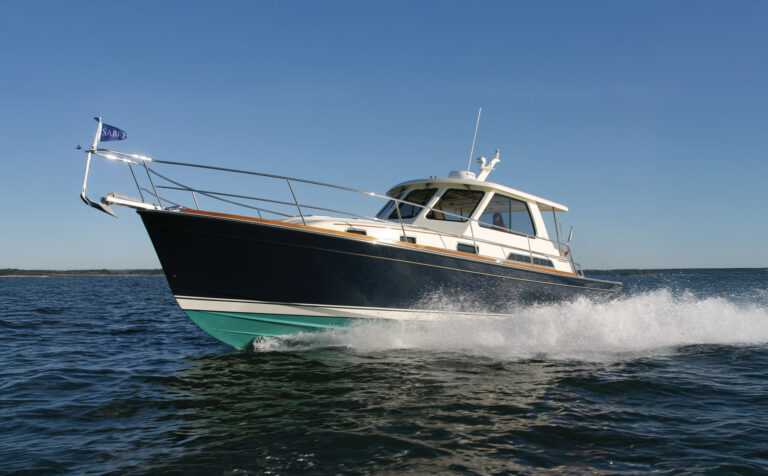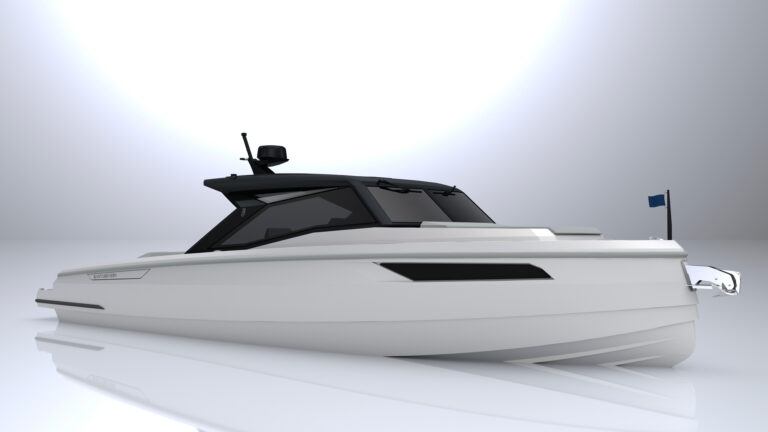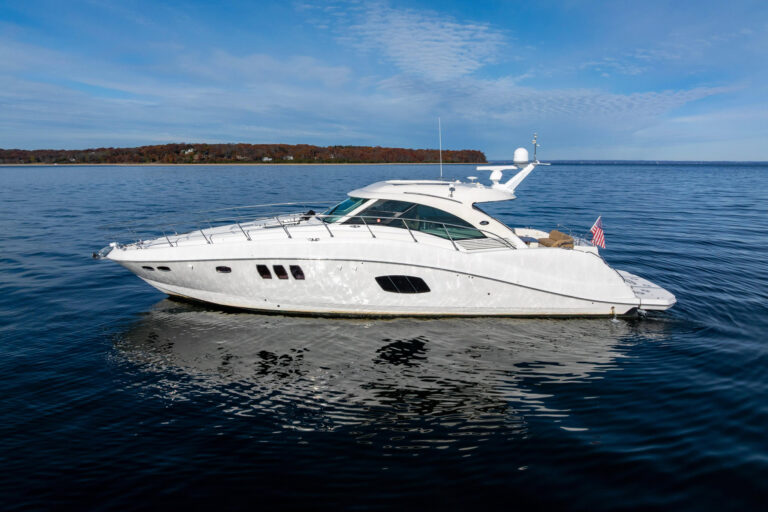Last November, the Bahamian-registered cruise liner Seabourn Spirit was 100 miles off the coast of Somalia, East Africa, when it was fired on by pirates. The Somali pirates were particularly well organized. Using small high-speed launches and armed with rocket-propelled grenades and Kalashnikov rifles, they’d been searching for any vessels likely to carry cash, jewelry and electrical gadgets. Seabourn Spirit was prepared, though; the captain hit a sonic blaster (see sidebar) and the pirates turned away.
This was not an isolated incident: There have been 25 reported attacks in these waters during the past nine months, causing the International Maritime Bureau (IMB) to advise shipping to keep at least 200 miles off the Somali coast.
The problem area stretches from Somalia and the busy Gulf of Aden and its narrow gateway to the Red Sea and Suez Canal, right along Southern Yemen as far as Oman. Any vessel running from the Mediterranean down to the Seychelles or up into the Persian Gulf must risk the gauntlet through this “Pirate Alley.
Private yachts sailing in company are not immune. In March 2005, two American sailing yachts, Mahdi and Gandalf, were attacked while underway in the Gulf of Aden 30 miles off the coast of Yemen. Two 30-foot blue outboard boats, each carrying four pirates, opened fire on the yachts’ cockpits. One crewman, a former U.S. Marine aboard Gandalf, returned fire before ramming one of the pirate boats and almost sinking it.
He later reported on the pirate website, www.noonsite.com:
The bow of the pirate’s boat came right up against Gandalf’s stern and two men stood up on the bow to board Gandalf. That was a serious and probably fateful error on their part. I shot both of them. That boat then veered away and I shot the driver, although I am not sure of the outcome… .
That attack failed, as did another on a five-strong convoy of yachts in the same danger zone two years earlier. This first-hand account from the crew of Heartsong III, a Hylas 54 owned by a Texas couple, Alan and Liza Farrow-Gillespie, explains how they overcame what they assumed to be a pirate brigade:
We had a run-in with three boats answering the description of previous pirate attacks-two local fishing boats with blue tarps wrapped around their bows to cover registration numbers, plus one “boxy-looking boat”. As they approached the port bow of our convoy, our faster boats sped up to come even with the slower boats up front. With three of our boats running side by side, catching up fast with the two others, we manned the decks. We had shotguns loaded and ready to fire. Flares were at the ready; radios were set to emergency frequencies.
I am happy to report that the pirates, if pirates they were, changed course and continued on their way. I am less happy to report, however, that some hours later, a mere 11 miles away, a solo boat was fired on, boarded and robbed by three boats answering the same description. The next day, a more spread-out group of five sailboats was fired on by three boats (including at least one “boxy-looking boat”). Almost every day since arrival in Eritrea, we hear of other attacks or close encounters. We were very lucky-very lucky.
Two years earlier, three British sailing yachts-the large catamaran Ocean Swan, and smaller yachts Shady Lady (which was under tow by Ocean Swan) and Mi Marra-were not so lucky.
While the trio was running six miles off the Yemeni coast en route from Mukalla to Djibouti, three open powerboats suddenly appeared shortly after dawn and opened fire with automatic rifles. Two of the boats then came alongside Ocean Swan and three men with weapons jumped onboard and demanded money. One of the pirates held a knife to the owner’s wife. The third boat went alongside Shady Lady. The pirates then ransacked the yachts, taking personal effects before leaving the crews badly shaken, but otherwise unharmed. Mi Marra, which was miles ahead at the time of the attack, was not approached.
Globally, during the first nine months of 2005, the number of reported piracy attacks decreased to 205 compared with 251 during the same period in 2004, according to latest figures issued by the ICC International Maritime Bureau (IMB). It lists 141 instances of ships being boarded, 15 ships fired upon and 11 vessels hijacked. More than 259 crewmembers have been taken hostage, and 12 are still missing.
Somalia, the report shows, remains one of the worst areas for pirates, along with Indonesia (which accounted for 61 attacks). Says Capt. Pottengal Mukundan, director of the ICC International Maritime Bureau: “These Somali waters have become a pirate’s charter, and unless the international community takes action against these pirates, not only will vessels passing this coast face considerable danger, but we risk Somalia descending into a haven for criminals who may feel encouraged to extend their activities into the wider region.”
Troubled Waters
According to the ICC International Maritime Bureau the following areas are prone to piracy. For a full report or weekly piracy updates, visit www.icc-ccs.org.
SE Asia and the Indian SubContinent
Bangladesh: Chittagong India: Chennai Indonesia: Anambas/Natuna Island, Balikpapan, Belawan, Dumai, Gaspar/Bar/Lepli, Jakarta (Tg.Priok), Pulau Laut, vicinity of Bintan Island Malacca Straits: Coast near Aceh Singapore Straits
Africa and Red Sea
West Africa: Abidjan (Ivory Coast), Bonny River/Lagos/Onne/Warri (Nigeria), Conakry (Guinea), Dakar (Senegal), Dar Es Salaam (Tanzania), Douala (Cameroon), Freetown (Sierra Leone), Tema (Ghana)
Gulf of Aden/Red Sea
Somalian waters: Eastern and northeastern coasts
South and Central America and the Caribbean waters
Brazil: Rio Grande Haiti: Port Au Prince Jamaica: Kingston Peru: Callao
The Best Defenses?
We’ve come a long way since the days of cannon and cutlass. Here are some of the latest tactics.
Sonic Gun – Used by the crew of the liner Seabourn Spirit, the Sonic Gun or LRAD (long-range acoustic device) directs a 145-decibel noise or voice command down a 15- to 30-degree beam. That level of noise is 50 times higher than the human threshold of pain and is designed to give assailants an instant, but non-lethal headache. The sonic gun sent the pirates away, ears ringing and empty-handed. www.atcsd.com
High-Voltage Fence – The Secure-Ship/Yacht V.I.P. Protection System is a 9,000-volt non-lethal electrified collapsible fence that is strung outboard of the vessel’s guardrails. When intruders touch the wires, a very loud siren coupled with floodlights is set off. www.secure-marine.com
Anti-hijacking Satellite – Called ShipLoc, this INMARSAT system tracks your vessel’s position and provides skippers with the ability to transmit an emergency call at the push of a panic button. www.shiploc.com
Fire Hose – A large vessel’s high-pressure firefighting equipment can be upgraded to water cannons, designed for riot control. Controlled remotely with a joystick, they deliver 250 gallons per minute at 175 psi. www.protecharmored.com
Molotov Cocktails – Jean Somerhausen, an avid sailor and former Belgian Ambassador to such hot spots as Cuba, Brazil and the U.N. in New York, has constructed a grenade launcher from everyday items on a yacht. For firepower, he has used a Very Pistol flare gun to blast a bottle one-third filled with kerosene up a spinnaker pole tube (with the ends removed). “It’s easy to aim and you make so much flame and noise that even the most persistent pirates will think twice about boarding.









